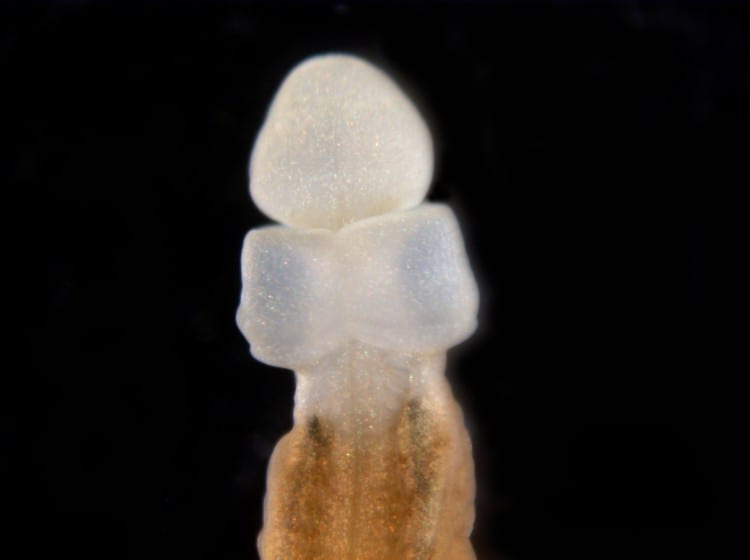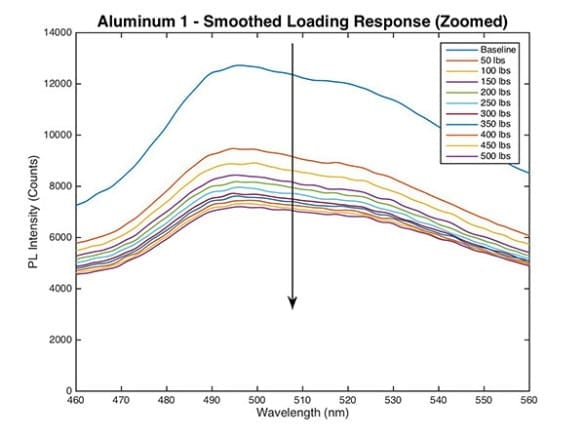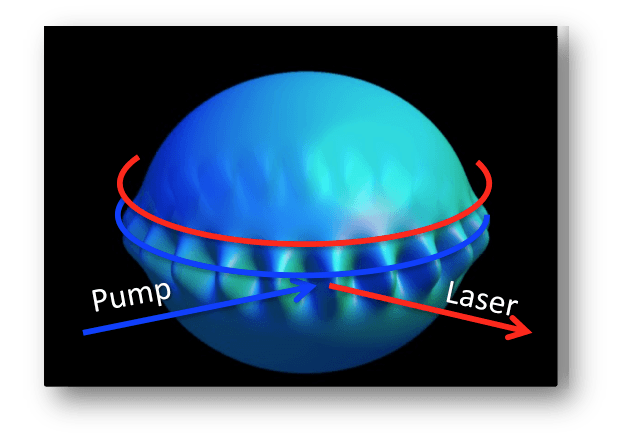
Synopsis:
What if humans could regrow an amputated arm or leg, or completely restore nervous system function after a spinal cord injury?
A new study of one of our closest invertebrate relatives, the acorn worm, reveals that this feat might one day be possible.
Acorn worms burrow in the sand around coral reefs, but their ancestral relationship to chordates means they have a genetic makeup and body plan surprisingly similar to ours.
A study led by the University of Washington and published in the December issue of the journal Developmental Dynamics has shown that acorn worms can regrow every major body part – including the head, nervous system and internal organs – from nothing after being sliced in half.
If scientists can unlock the genetic network responsible for this feat, they might be able to regrow limbs in humans through manipulating our own similar genetic heritage.
“We share thousands of genes with these animals, and we have many, if not all, of the same genes they are using to regenerate their body structures,” said lead author Shawn Luttrell, a UW biology doctoral student based at Friday Harbor Laboratories.
“This could have implications for central nervous system regeneration in humans if we can figure out the mechanism the worms use to regenerate.”
The new study finds that when an acorn worm – one of the few living species of hemichordates – is cut in half, it regrows head or tail parts on each opposite end in perfect proportion to the existing half.
Each half of the worm continues to thrive, and subsequent severings also produce vital, healthy worms once all of the body parts regrow.
The researchers also analyzed the gene expression patterns of acorn worms as they regrew body parts, which is an important first step in understanding the mechanisms driving regeneration.
They suspect that a “Master control” gene or set of genes is responsible for activating a pattern of genetic activity that promotes regrowth, because once regeneration begins, the same pattern unfolds in every worm.
It’s as if the cells are independently reading road signs that tell them how far the mouth should be from the gill slits, and in what proportion to other body parts and the original worm’s size.
When these gene patterns are known, eventually tissue from a person with an amputation could be collected and the genes in those cells activated to go down a regeneration pathway.
A tissue graft could be placed on the end of a severed limb and the arm or leg could regrow to the right size, Swalla explained.
“I believe humans have these same genes, and if we can figure out how to turn on these genes, we can regenerate.”
Regeneration is common in many animal lineages, though among the vertebrates it is most robust in amphibians and fish.
Humans can regrow parts of organs and skin cells to some degree, but we have lost the ability to regenerate complete body parts.
Scientists suspect several reasons for this: Our immune systems – in a frenzy to staunch bleeding or prevent infection – might inhibit regeneration by creating impenetrable scar tissue over wounds, or perhaps our relatively large size compared with other animals might make regeneration too energy intensive.
The researchers are now trying to decipher which type of cells the worms are using to regenerate.
They also hope to activate genes to stimulate complete regeneration in animals that currently aren’t able to regrow all tissues, such as zebrafish.
Learn and see more: Our closest worm kin regrow body parts, raising hopes of regeneration in humans
[osd_subscribe categories=’regenerative-medicine’ placeholder=’Email Address’ button_text=’Subscribe Now for any new posts on the topic “REGENERATIVE MEDICINE”‘]
Receive an email update when we add a new REGENERATIVE MEDICINE article.
The Latest on: Regrowing body parts
[google_news title=”” keyword=”regrowing body parts” num_posts=”10″ blurb_length=”0″ show_thumb=”left”]
via Google News
The Latest on: Regrowing body parts
- This cute animal can regrow all it's limbs and might be immortalon May 5, 2024 at 4:29 am
The axolotl, a real-life amphibian with almost mythical regenerative abilities, challenges our understanding of biology. Renowned for its capacity to regrow limbs and even organs, this creature's ...
- ‘Unsexy skincare’ items you need, according to TikTok’s ‘Derm Guru’on May 4, 2024 at 4:03 am
#SkinTok is also a landmine for TikTokers’ favorite skincare products, like the coveted Laneige Lip Mask, the newly-famed COSRX Snail Mucin Serum, and more natural remedies like rosemary oil for hair ...
- Regrow vegetables and herbs in your garden using these five popular food scrapson April 24, 2024 at 5:27 am
Using food scraps to regrow vegetables is an easy way to avoid having to repurchase ingredients all the time. With just a few simple techniques, you can transform common food scraps into thriving ...
- Pink animals you never knew existed!on April 12, 2024 at 2:35 am
Possibly one of the most adorable creatures on our planet, this cute amphibian not only is pink, but has the power to regrow body parts. The axolotl can be found in Lake Xochimilco, in Mexico.
- The regenerative feats of endangered axolotlson April 7, 2024 at 5:00 pm
They can also regenerate parts of major organs including their ... is a flatworm that can regrow its entire body from a small remaining piece of the original. However, most of these species ...
- Regrow Agon July 19, 2023 at 5:45 am
Here, two panels of innovators share their approaches to filling in systemic gaps in our food system. 6 months ago - By partnering with Regrow Ag to track and reduce supply chain emissions, Kellogg's ...
- Study finds sea spiders can regrow body parts, not just limbs, raising questions about medical treatment for humanson January 24, 2023 at 8:00 am
Sea spiders can regrow body parts after amputation and not just limbs, according to a study released on Monday that may pave the way for further scientific research into regeneration.
- Regrowing lost treeson July 6, 2022 at 3:38 pm
Paid and presented by Terraformation. There's been a rise in reforestation schemes that allow consumers and corporations to offset their carbon emissions by paying to plant more trees. But some of ...
- Great Crested Newton May 23, 2021 at 8:39 pm
Warty newts are extremely long-lived, with some exceeding 16 years of age. Like all newts, they can regrow body parts if necessary, but that ability diminishes as they age.
via Bing News










